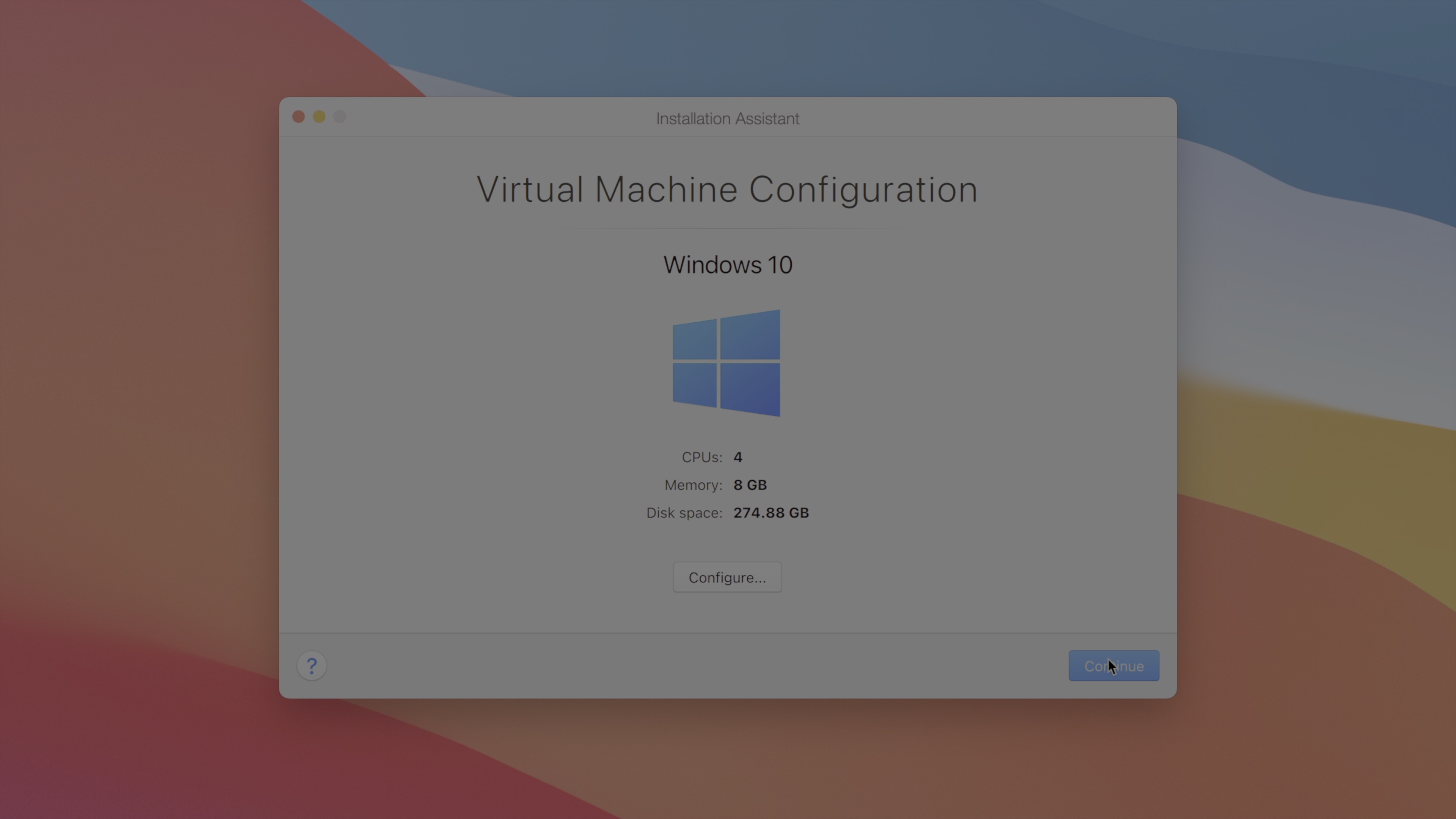

- #HOW TO ALLOCATE MORE RAM TO PARALLELS 13 SERIAL#
- #HOW TO ALLOCATE MORE RAM TO PARALLELS 13 FULL#
- #HOW TO ALLOCATE MORE RAM TO PARALLELS 13 WINDOWS#
Parallel operations require accurate statistics to perform optimally. Parallel create (partitioned) table as select and parallel create (partitioned) index run with a degree of parallelism equal to the number of partitions. The CREATE TABLE statement for an index-organized table can be parallelized either with or without an AS SELECT clause.ĭifferent parallelism is used for different operations.
#HOW TO ALLOCATE MORE RAM TO PARALLELS 13 SERIAL#
One important restriction is that parallel DDL cannot be used on tables with object or LOB columns.Īll of these DDL operations can be performed in NOLOGGING mode for either parallel or serial execution. There are, however, some additional details to consider when designing your database. You can normally use parallel DDL where you use regular DDL. Some examples are CREATE TABLE AS SELECT, CREATE INDEX, REBUILD INDEX, REBUILD INDEX PARTITION, and MOVE/ SPLIT/ COALESCE PARTITION. Some examples are nested loop, sort merge, hash, and star transformation.
#HOW TO ALLOCATE MORE RAM TO PARALLELS 13 FULL#
Some examples are table scans, index full scans, and partitioned index range scans. You can use parallel execution for any of the following: In fact, parallel execution may reduce system performance on overutilized systems or systems with small I/O bandwidth. If your system lacks any of these characteristics, parallel execution might not significantly improve performance. Sufficient memory to support additional memory-intensive processes, such as sorts, hashing, and I/O buffers Underutilized or intermittently used CPUs (for example, systems where CPU usage is typically less than 30%) S ymmetric multiprocessors (SMPs), clusters, or massively parallel systems

Parallel execution benefits systems with all of the following characteristics: For example, you can use parallel execution to access large objects (LOBs). You can also use parallel execution to access object types within an Oracle database. Queries requiring large table scans, joins, or partitioned index scansĬreation of large tables (including materialized views)īulk inserts, updates, merges, and deletes Parallel execution improves processing for: You can also implement parallel execution on certain types of online transaction processing (OLTP) and hybrid systems. Parallel execution dramatically reduces response time for data-intensive operations on large databases typically associated with decision support systems (DSS) and data warehouses.
#HOW TO ALLOCATE MORE RAM TO PARALLELS 13 WINDOWS#
To adjust virtual memory in Windows Vista and Windows 7: Also, you can choose to have it customize the minimum and maximum allocation on a drive or have it system-managed. From here, you can allocate a minimum and maximum size in megabytes (MB) for a particular drive.



 0 kommentar(er)
0 kommentar(er)
